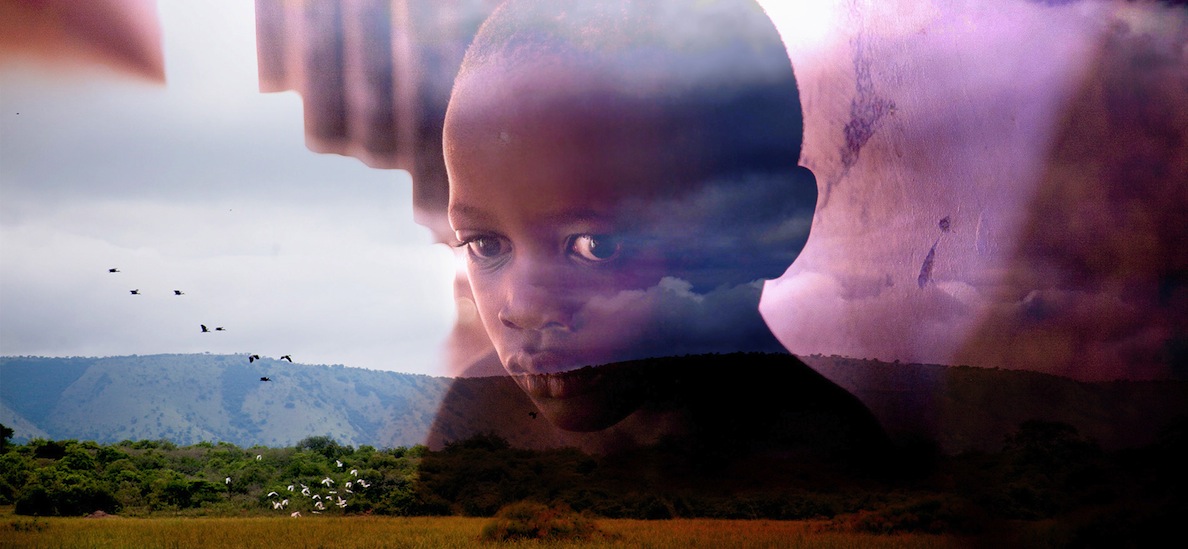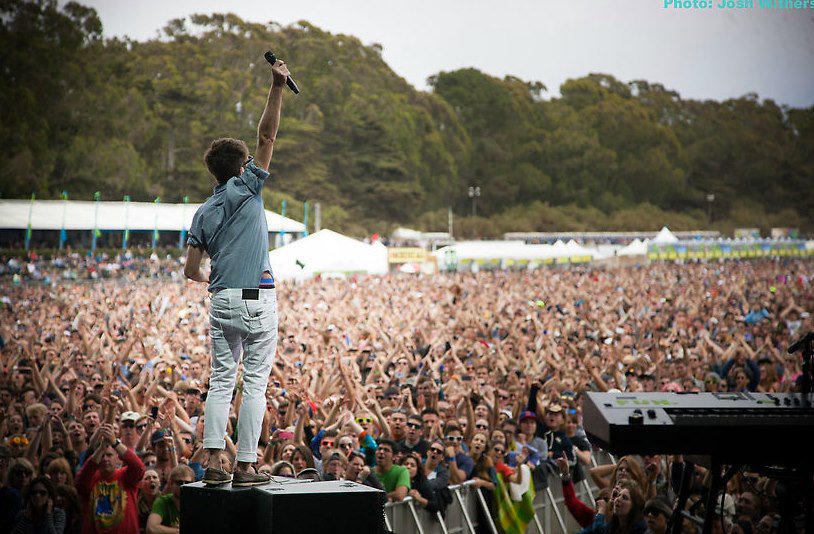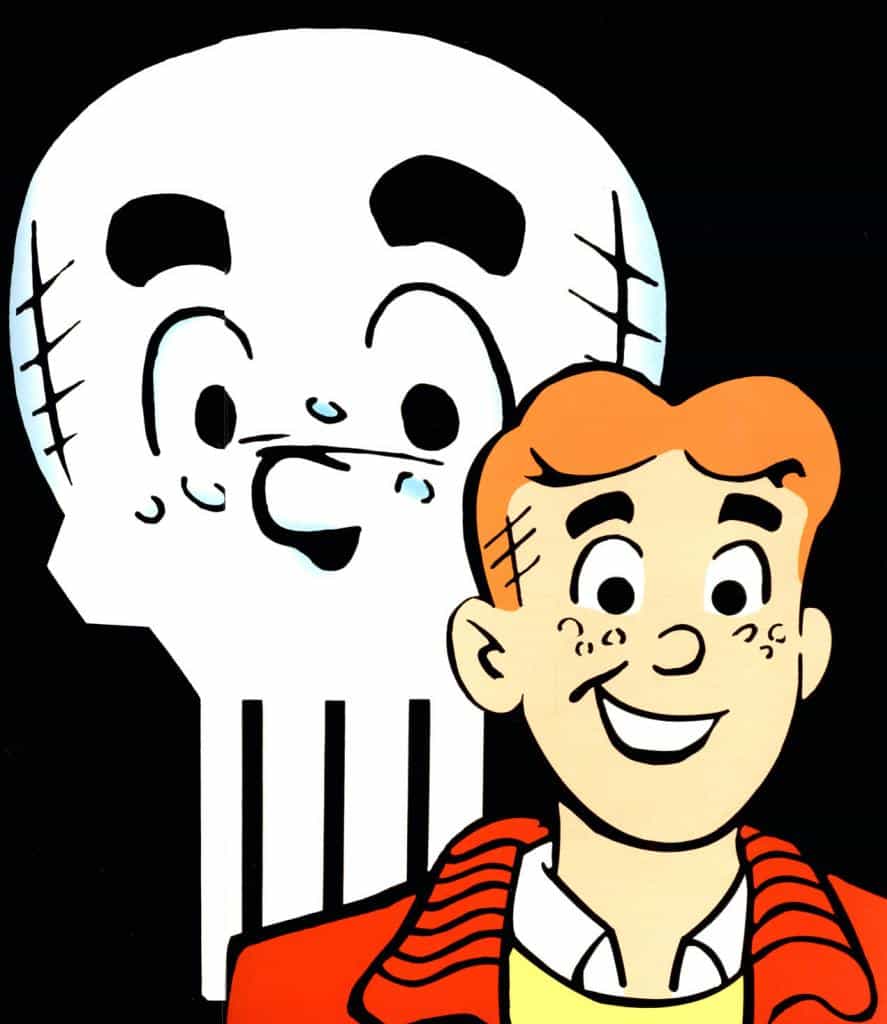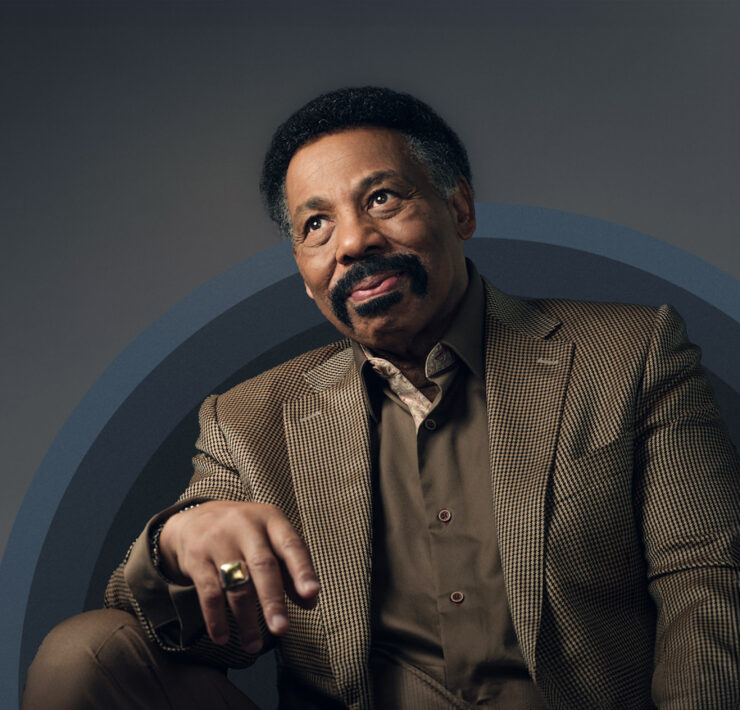
Earlier this year, my mentors invited me on a pilgrimage to Uganda and Rwanda to journey through places of immense pain and tremendous hope as a means to engage the pain and hope in one’s own life. Because of my closely related work in Africa, I knew that this journey would be difficult. I didn’t want to go—knowing I would have to intentionally delve into the hellish reality of a violent massacre I knew very little about.
But at the same time, I knew that by stepping into the pain, I would find the hope I was so desperately searching for. And so, together with eight other pilgrims, I went. We journeyed alongside of survivors and perpetrators of genocide as an attempt to identify in the incomprehensible pain that oppresses us all. It was through this experience that healing came in a profound way.
This week marks 20 years since the horrific genocide began in Rwanda, when Hutu extremists slaughtered between 800,000 to 1 million people in just 100 days. Neither words nor images can fully convey the emotional crises, psychological torment and heart-wrenching pain Rwanda experienced during the genocide and in the years since.
The coexistence of Rwanda’s brutal history and scenic beauty is surreal—and no matter how many questions I ask, how many stories I listen to, how many fragments of bones I see, I don’t think I’ll ever be able to understand how close to 1 million people were slaughtered as if they had no worth. Identifying with these stories of gross atrocity seems impossible.
On the pilgrimage, the juxtaposition of pain and hope became an embodied reality. I found immense healing in listening to the stories of utter grief blossoming into joy, betrayal into faithfulness and death into life.
While hearing the stories of Rwanda, I learned how important it is to identify with these active examples of healing and profound hope. No matter how disconnected we might be from Rwanda’s genocide that happened 20 years ago, allowing ourselves to enter into these spaces of immense pain is a reflection of ourselves—teaching us to learn from the failures of the world’s lack of intervention, to identify with both the oppressed and the oppressor and to mirror the heroic courage that arises from unexplainable agony.
It is said that God travels the world by day but lays his head to rest in Rwanda at night. Somehow, in this land of a thousand hills, one million lives were dismembered, leaving physical, emotional and spiritual wounds. Churches, usually thought as a place of refuge, became targets for mass destruction.
On our first day of pilgrimage, we visited a church which became a site of brutal massacre. As we approached the threshold of the church, I peered through the bullet pierced doors and saw clothes—a massive amount of blood-stained clothes that hung lifelessly over pews from where they once sat.
Our guide told us that after the U.N. evacuated the last of the expatriates from the village, this church was attacked. Ten thousand Tutsis sought refuge at this church where they worshipped, prayed and enjoyed each other’s company. But that day, instead of leaving the church with joy in their hearts, they were trapped inside—praying that their lives would end sooner. Bullets spewed through the church doors, grenades exploded others and the few survivors left were systematically raped and their bodies dismembered by machetes.
I could barely breathe as I listened to the story.
I forced myself to walk the outer circumference of the church where there were slabs of cement—under which were the bodies of the 10,000 victims. A woman was sweeping dust off the graves as a gesture of uncovering the past so that we would see clearly—so that we would remember the mothers, fathers, daughters, sons, sisters and brothers who died such horrific deaths.
She motioned for me to come forward—I didn’t want to, but I did and stepped up to get a closer look. She pointed to the stairway down to the graves below her feet. I stood above the steps, looking down into the darkness. Again she motioned for me to go down as if to say,
“Remember, remember, remember.”
Perhaps these were her best friends, her family, her children. As I walked down into the darkness, my knees were shaking and my heart was pulsing—a reminder of the life present in my heaving breath.
Bones. Broken skeletons and shattered skulls. Tiny coffins holding baby bones. Names listed on boxes of more bones. Naked, exposed, beaten and dismembered bones. It took everything I had in me to keep my spine upright—I felt like keeling over, throwing up and weeping. Weeping in remembrance of the breath that held each bone together. Weeping for the beating hearts that would only see sunlight again in their dreams.
Surrounded by these bones, I paused in silence and I finally walked up and out just as a little boy was passing by on his way from school.
He looked at me and with a smile said, “Good morning!”
My heart bleeds every time a tragic story is told, every time a memory opens wounds, every time unspoken words are expressed through tears of frustration, loss and utter despair. This little boy’s joyful greeting is a reminder that in the midst of pain, there is always hope.
As the world focuses our attention once again on Rwanda 20 years after the 100 days, may we learn that experiencing the brokenness of the world leads to a greater sense of internal healing. As we join with those in the country mourning those who were brutally killed, may we remember loss while concurrently embodying life and striving toward forgiveness and hope. In seeing the paradox of both the painful and hopeful stories of Rwanda, together may we begin to recognize the hope present in our situations of pain. Through it, may a new journey may commence—a journey intent on healing the brokenness of our world.
This article is adapted from Nikole Lim’s photo essay series, “On Pilgrimage,” which features stories of pain and hope in Rwanda. The series will be released weekly in remembrance of the 100 days of bloodshed. Visit nikolelim.com to see more






















